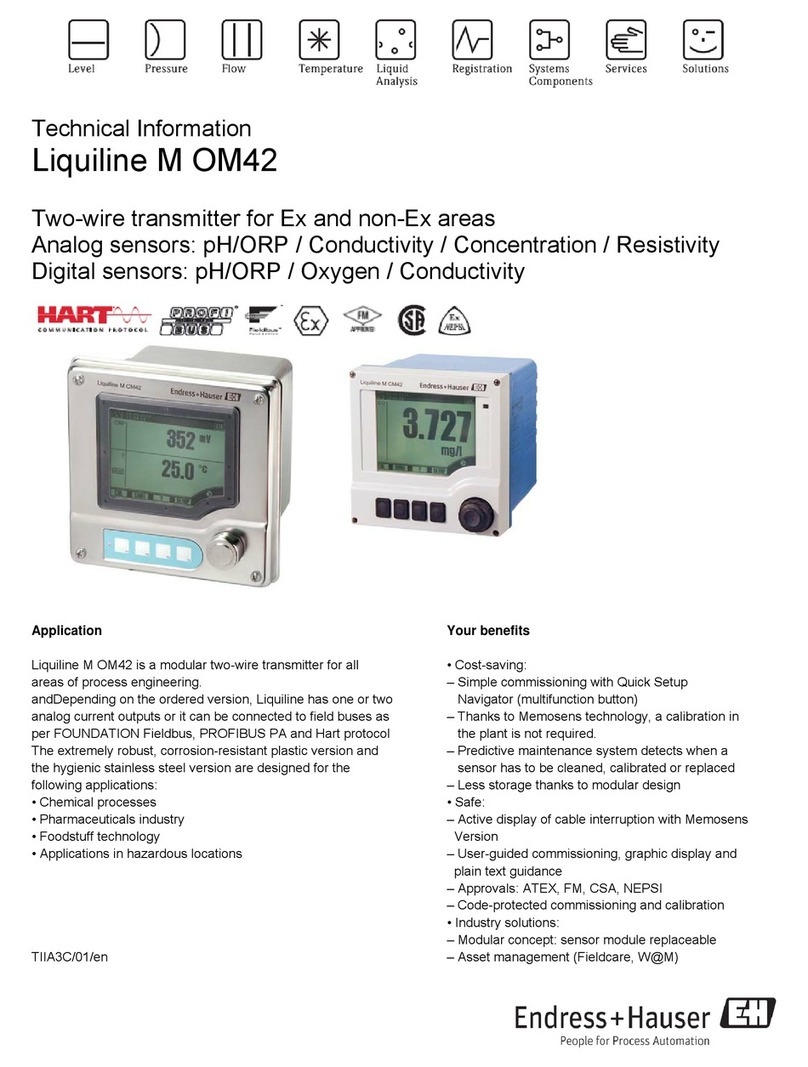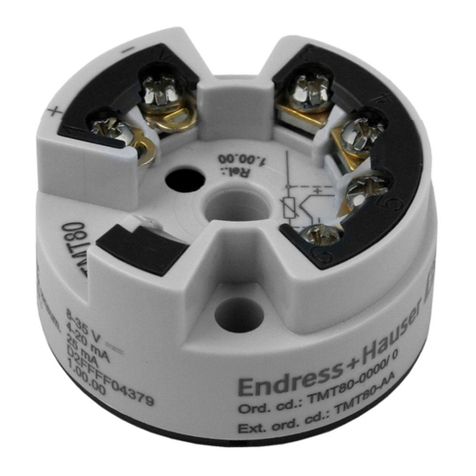Endress+Hauser iTEMP TMT31 User manual
Other Endress+Hauser Transmitter manuals
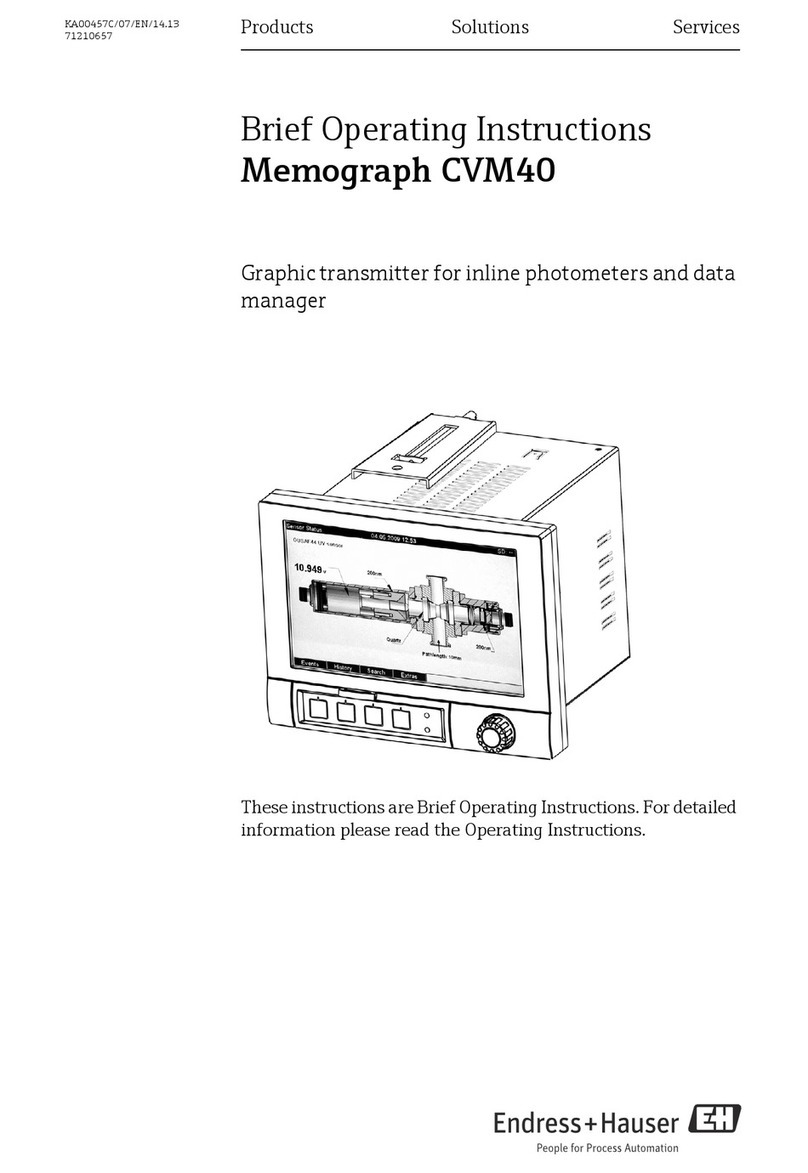
Endress+Hauser
Endress+Hauser Memograph CVM40 Technical specifications
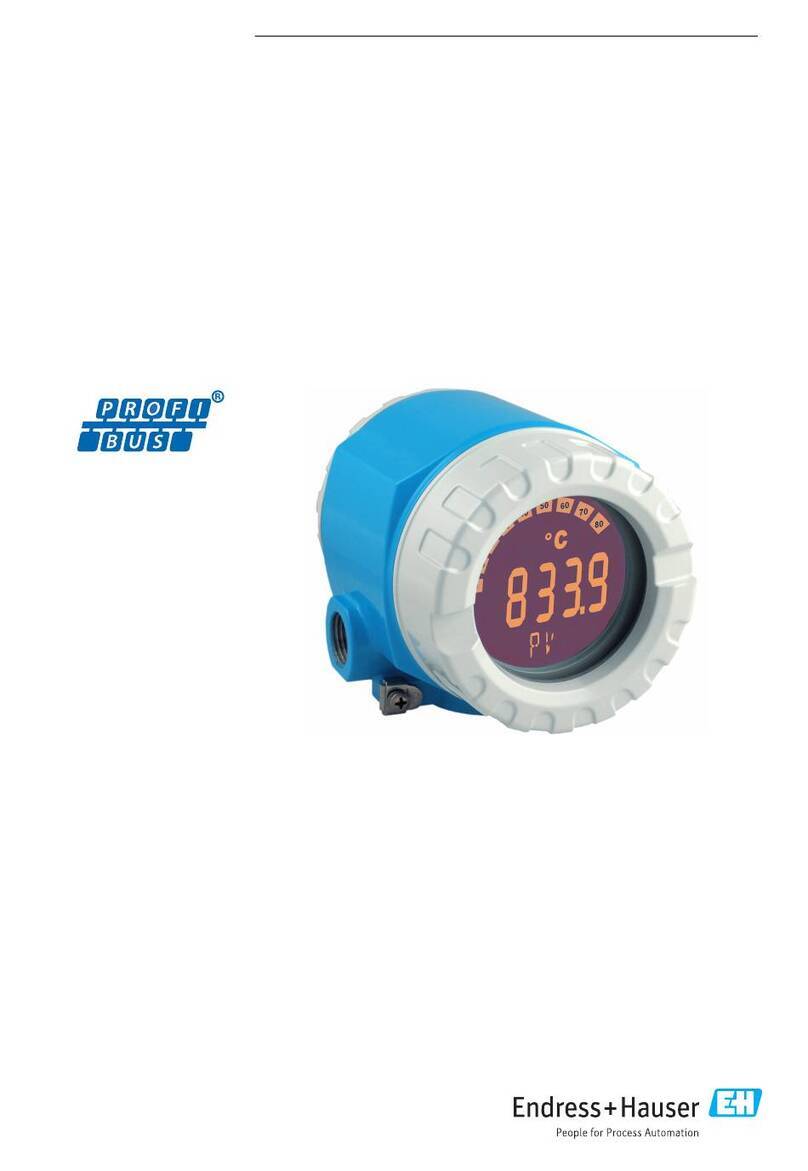
Endress+Hauser
Endress+Hauser iTEMP TMT162 Technical specifications

Endress+Hauser
Endress+Hauser HART iTEMP TMT182B User manual
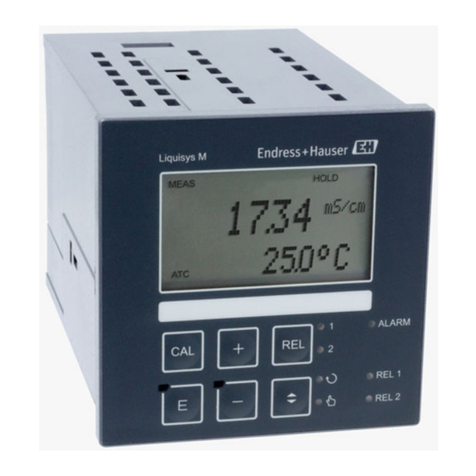
Endress+Hauser
Endress+Hauser Liquisys M CLM223F User manual
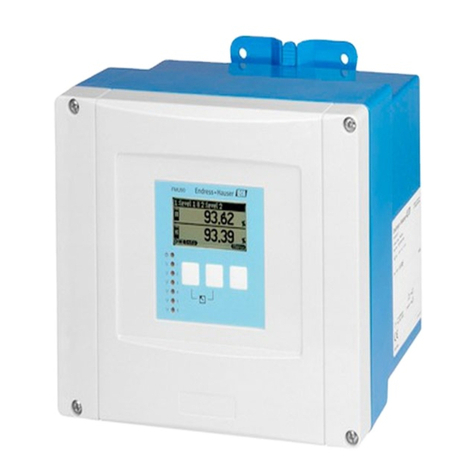
Endress+Hauser
Endress+Hauser Prosonic S FMU90 Manual

Endress+Hauser
Endress+Hauser Liquisys M CLM223 User manual

Endress+Hauser
Endress+Hauser iTEMP TMT85 User manual
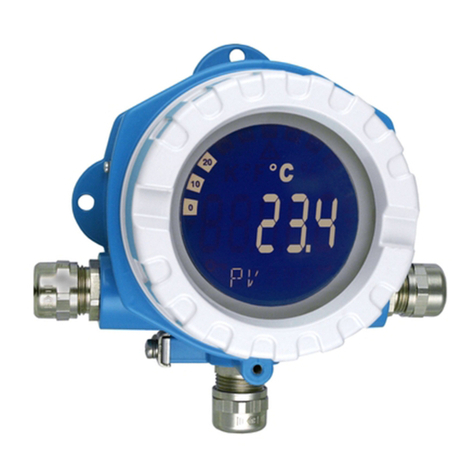
Endress+Hauser
Endress+Hauser tmt142 Installation instructions
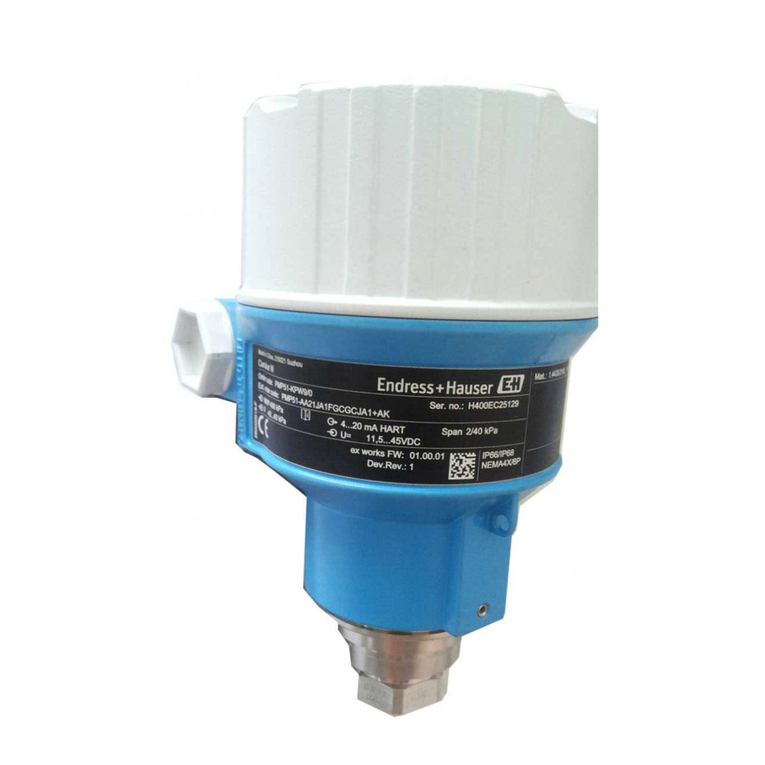
Endress+Hauser
Endress+Hauser Cerabar M PMC51? Cerabar M PMP51 User manual
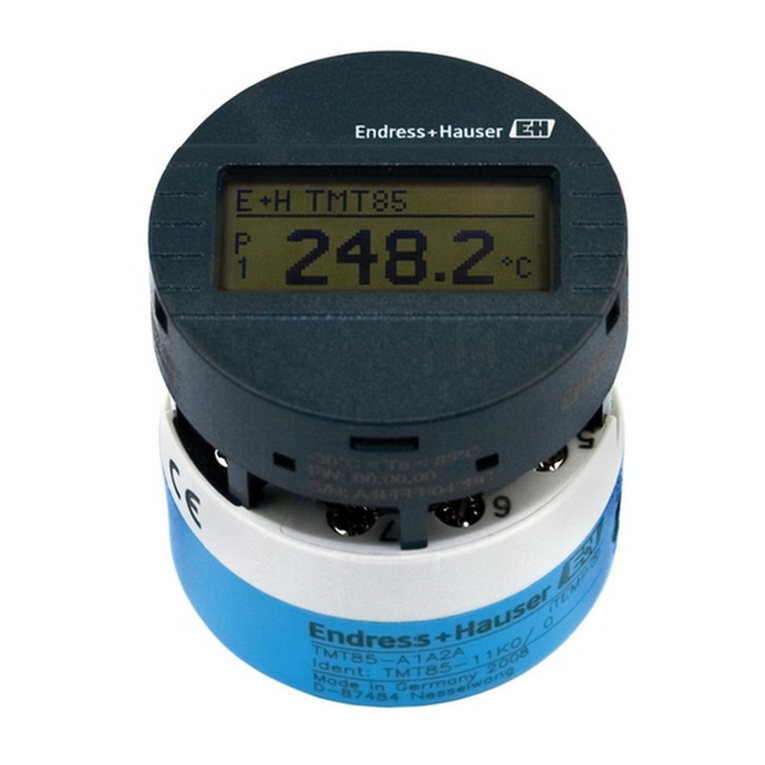
Endress+Hauser
Endress+Hauser iTEMP TMT85 User manual
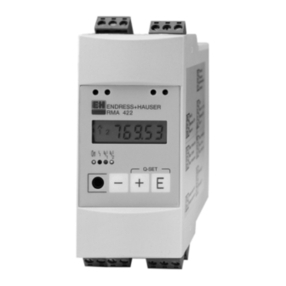
Endress+Hauser
Endress+Hauser RMA 422 User manual
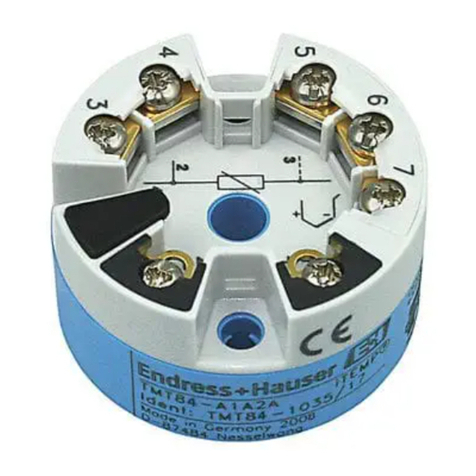
Endress+Hauser
Endress+Hauser iTEMP TMT84 Technical specifications

Endress+Hauser
Endress+Hauser Nivotester FTR525 User manual
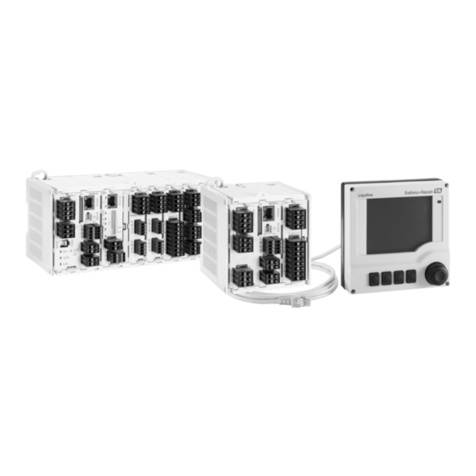
Endress+Hauser
Endress+Hauser Liquiline CM442R User manual
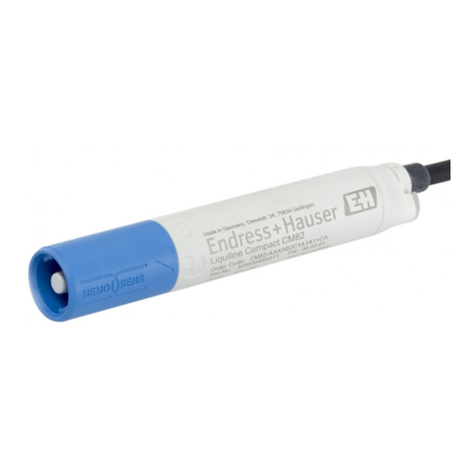
Endress+Hauser
Endress+Hauser Liquiline Compact CM82 Technical specifications
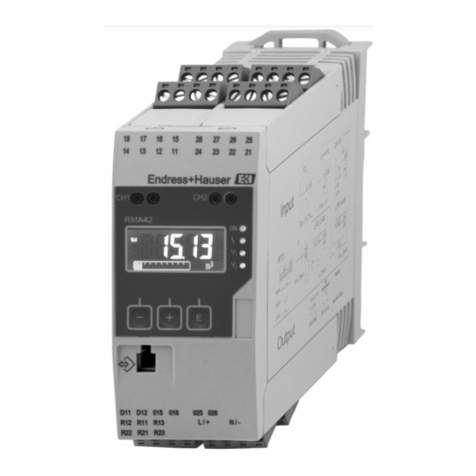
Endress+Hauser
Endress+Hauser RMA42 Technical specifications
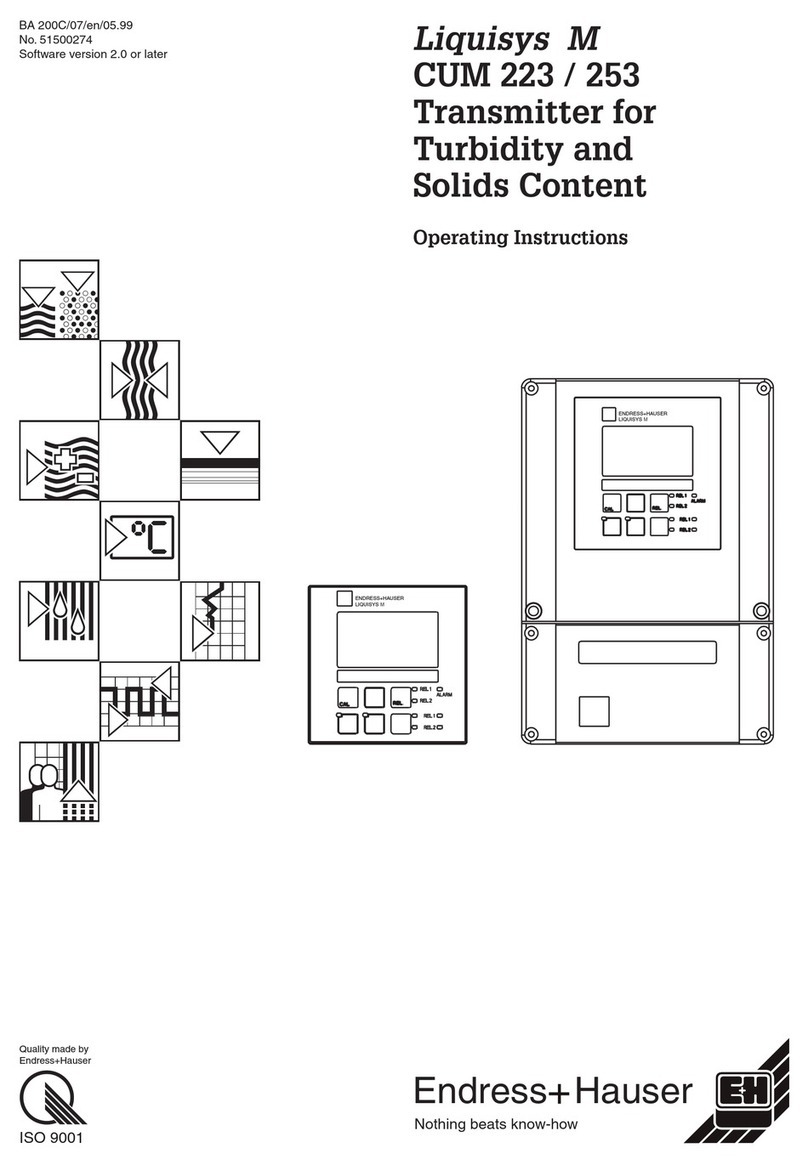
Endress+Hauser
Endress+Hauser Liquisys M CUM 223 User manual

Endress+Hauser
Endress+Hauser Cerabar S PMC71 User manual
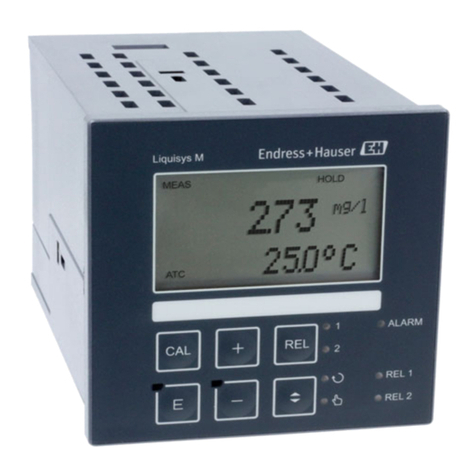
Endress+Hauser
Endress+Hauser Liquisys M COM 223 F User manual
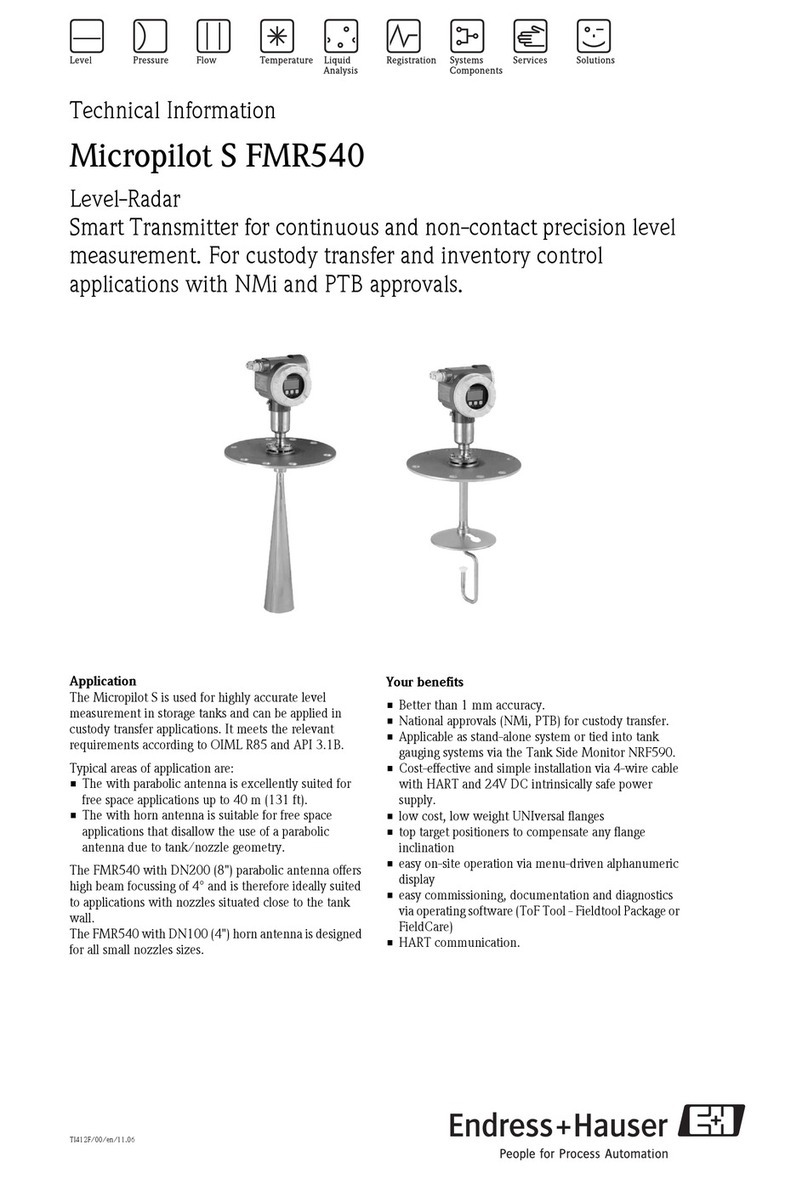
Endress+Hauser
Endress+Hauser Micropilot S FMR540 Manual
Popular Transmitter manuals by other brands

Dejero
Dejero EnGo 3x manual

Rosemount
Rosemount 4600 Reference manual

Speaka Professional
Speaka Professional 2342740 operating instructions

trubomat
trubomat GAB 1000 instruction manual

Teledyne Analytical Instruments
Teledyne Analytical Instruments LXT-380 instructions

Rondish
Rondish UT-11 quick start guide

